The art of flute playing reaches one of its most technically demanding peaks in the mastery of overblown harmonics—a technique that requires not only precise finger coordination but an exceptionally refined control of embouchure pressure. While the flute is often celebrated for its lyrical, singing qualities, the ability to harness its full harmonic potential separates advanced players from true virtuosos. This article delves into the nuanced relationship between lip pressure and the production of clear, stable overtones, offering insights for flutists seeking to expand their tonal palette.
At its core, overblowing involves forcing the air column inside the flute to vibrate at higher frequencies than the fundamental note. Unlike standard playing, where the embouchure remains relatively stable, harmonic production demands microscopic adjustments in lip tension and airflow angle. The player must balance the opposing forces of increased airspeed (to excite the harmonic) and controlled relaxation (to avoid "splitting" the tone into multiphonics). This paradox lies at the heart of the technique—too much pressure chokes the sound, while too little fails to trigger the harmonic leap.
The physics behind this phenomenon reveals why embouchure control proves so critical. When a flutist plays middle C (C4), the tube resonates at its fundamental frequency of approximately 261.6 Hz. To produce the first overtone (C5, an octave higher), the player must double the airspeed while maintaining the same fingering. However, the real challenge emerges when targeting partials beyond the octave—the twelfth (G5), double octave (C6), and subsequent harmonics. Each jump requires exponentially finer adjustments in lip aperture and pressure, as the standing wave inside the flute becomes increasingly unstable.
Professional flutists develop what might be called embouchure memory—a tactile sensitivity to the minute changes needed for each harmonic. The upper lip plays a particularly crucial role; its downward pressure must increase incrementally while the lower lip acts as a dynamic baffle, redirecting the airstream upward at steeper angles. This explains why many players experience fatigue when first practicing overtones—the muscles involved are typically engaged at far subtler levels during conventional playing. The sensation resembles focusing a laser beam rather than blowing out a candle.
An often-overlooked aspect of harmonic control involves the interaction between lip pressure and finger technique. While the embouchure initiates the overtone, the fingers can "tune" it through barely perceptible adjustments to hole coverage. Many advanced players discover that slightly shading certain tone holes (without fully closing them) helps stabilize problematic harmonics. This synergy between hands and lips becomes especially critical in contemporary repertoire where rapid alternations between fundamentals and overtones occur.
The pedagogical implications of these findings are profound. Traditional flute methods often treat overtone exercises as supplementary material, but modern research suggests they should form a core component of technical training. By isolating harmonic production through long-tone studies—starting with the fundamental-to-octave jump before progressing to higher partials—students develop an intimate awareness of their embouchure mechanics. The goal isn't merely to produce the harmonics, but to do so with the same dynamic control and tonal beauty as standard notes.
In performance contexts, mastery of overblown harmonics unlocks remarkable expressive possibilities. From the shimmering textures in Debussy's Syrinx to the spectral harmonies in contemporary works by Salvatore Sciarrino, controlled overtones allow flutists to create the illusion of multiple voices or suggest microtonal inflections. Some jazz innovators have even developed systems for "false fingerings" that combine unconventional key combinations with precise embouchure adjustments to produce quarter-tone scales.
Technological advances have begun shedding new light on this ancient technique. High-speed cameras capturing lip movements at 1000 frames per second reveal that expert players make continuous micro-adjustments—sometimes lasting mere milliseconds—to stabilize harmonics. Meanwhile, computational fluid dynamics models help visualize how subtle changes in embouchure geometry alter the air jet's oscillation patterns. These tools don't replace artistic intuition, but they provide scientific validation for what great teachers have long understood empirically.
For flutists embarking on this journey, patience proves essential. Unlike percussive techniques that yield immediate results, harmonic control develops through accumulated sensory awareness. Many professionals report breakthrough moments after months of practice—suddenly "feeling" the precise lip configuration needed to "slot" a high harmonic cleanly. This tactile knowledge, once acquired, transforms a player's entire approach to the instrument, making even conventional tones richer and more responsive.
The pursuit of perfect overtone production ultimately transcends technical mastery. In manipulating the flute's hidden harmonics, performers engage in a centuries-old acoustic dialogue—one that connects Baroque improvisers experimenting with "flute harmonics" (as documented in Quantz's treatise) to avant-garde composers exploiting the instrument's full sonic potential. The embouchure becomes both sculptor and seismograph, shaping the air column while responding to its feedback with hair-trigger sensitivity. This delicate dance between control and surrender may well represent the flute's highest artistic challenge.
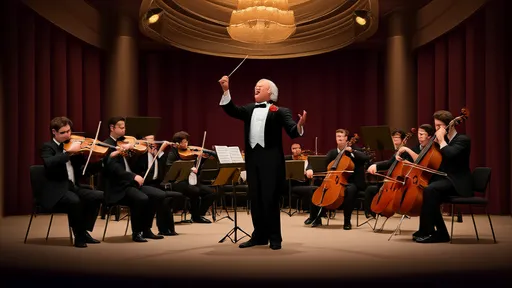
By /Jul 17, 2025
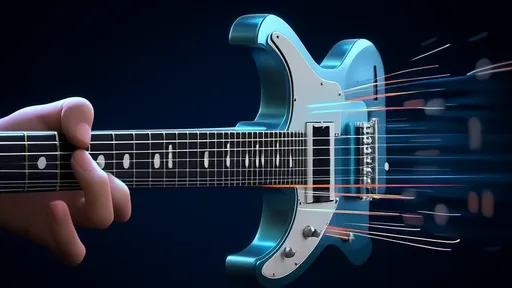
By /Jul 17, 2025

By /Jul 17, 2025
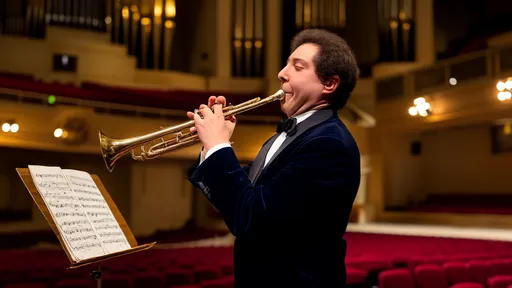
By /Jul 17, 2025

By /Jul 17, 2025
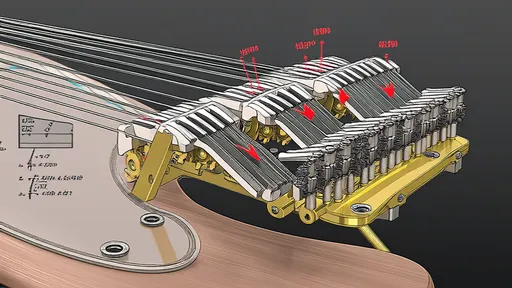
By /Jul 17, 2025
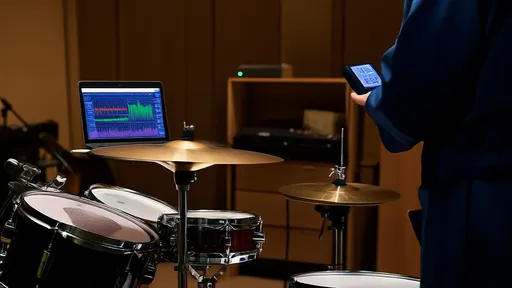
By /Jul 17, 2025
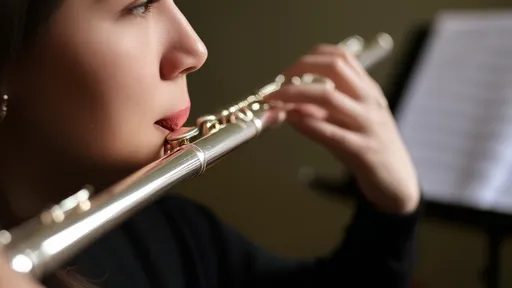
By /Jul 17, 2025
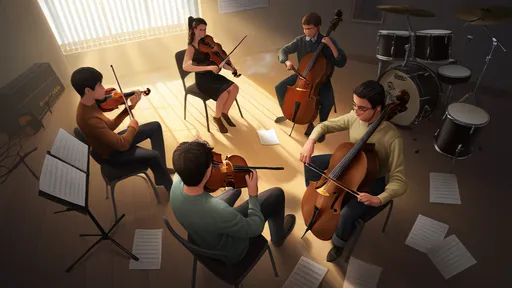
By /Jul 17, 2025
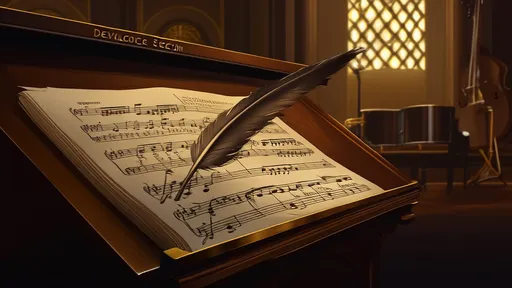
By /Jul 17, 2025
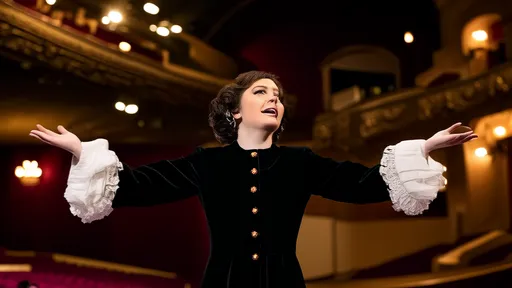
By /Jul 9, 2025
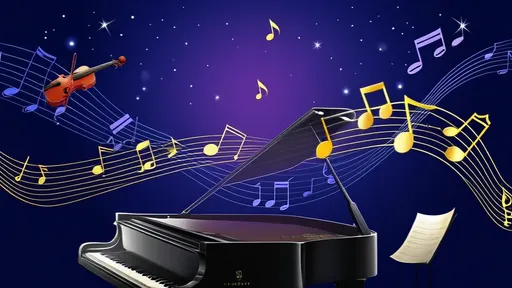
By /Jul 9, 2025

By /Jul 9, 2025
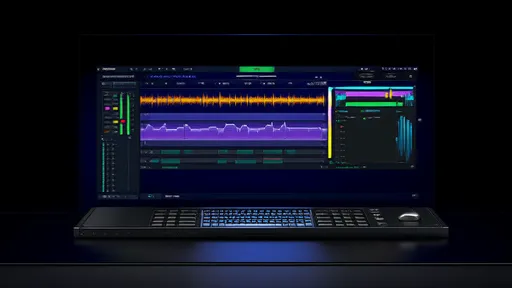
By /Jul 9, 2025

By /Jul 9, 2025

By /Jul 9, 2025
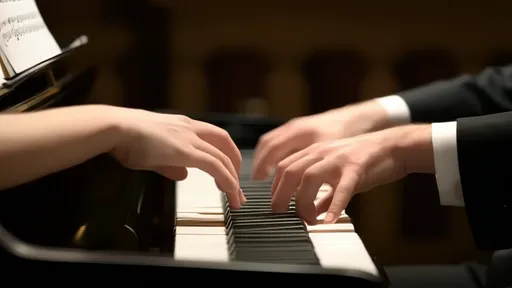
By /Jul 9, 2025
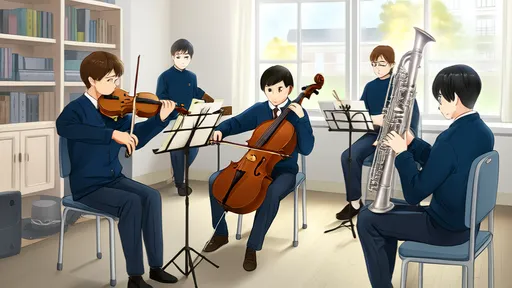
By /Jul 9, 2025